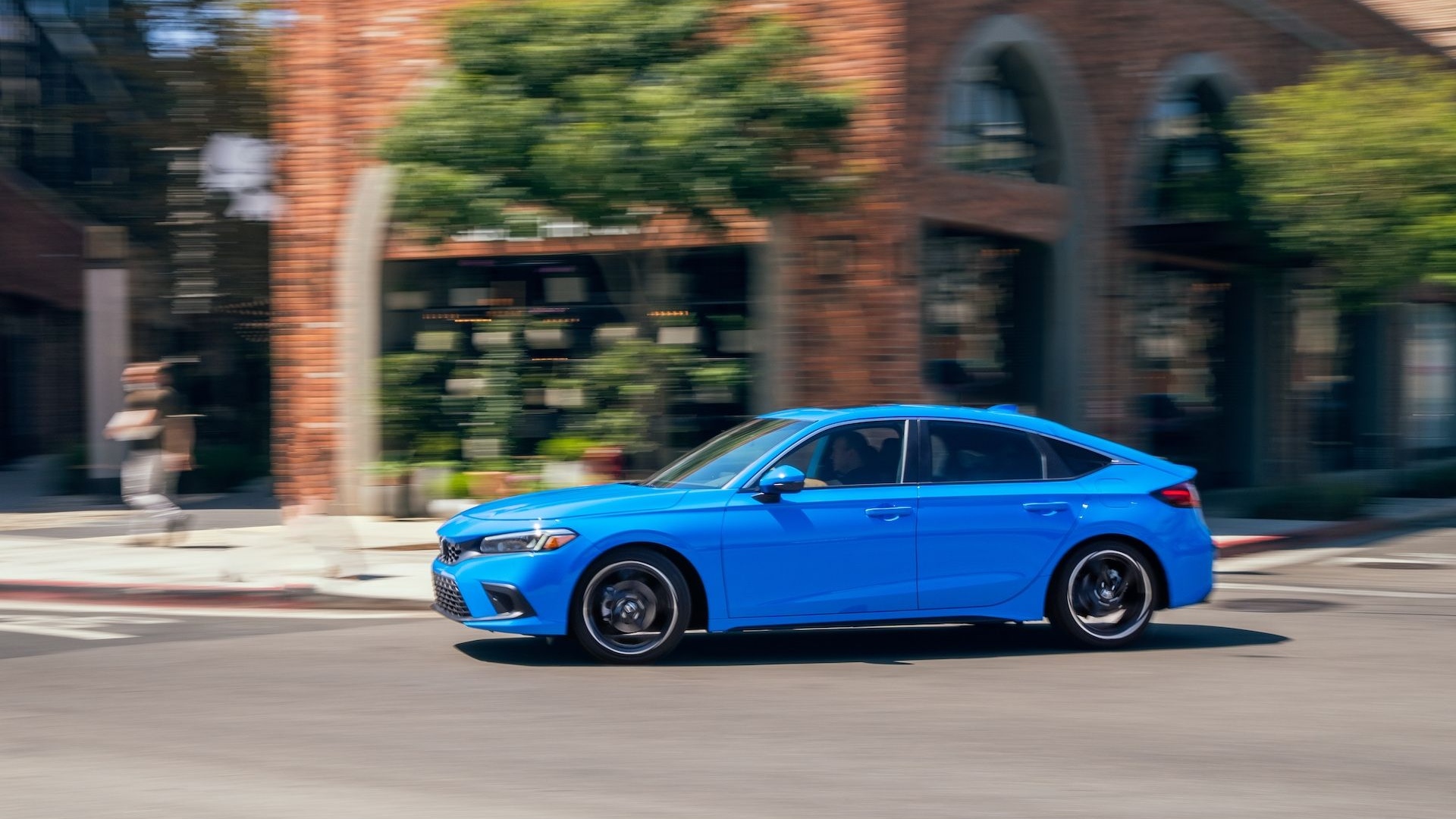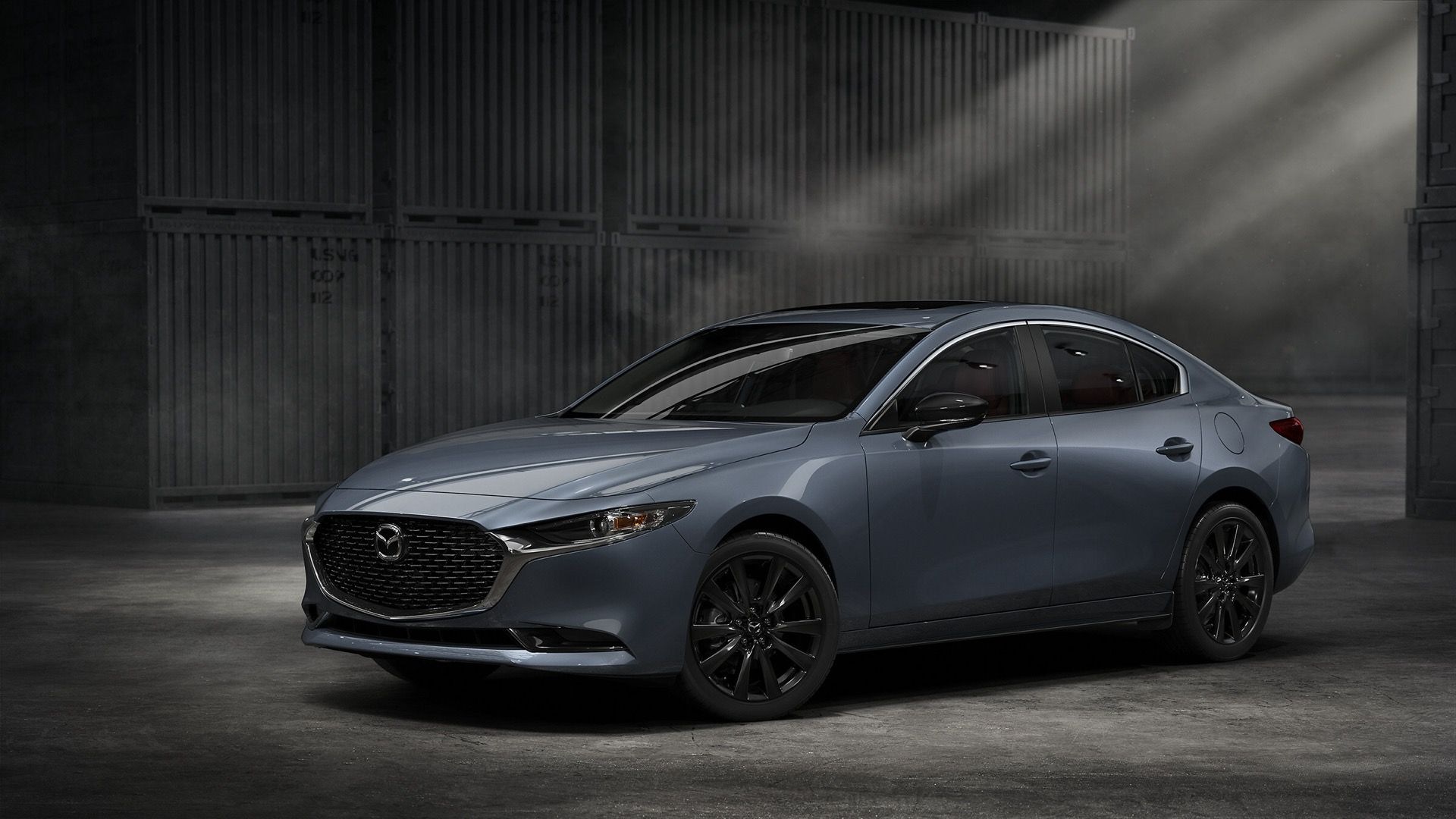The next-generation Subaru WRX may skip one of its signature details when it's released in 2020, a report from Autocar suggested Monday.
While all-wheel drive and horizontally opposed pistons are to Subaru what bad chili and worse pasta are to Cincinnati cuisine, it appears that tightening emissions restrictions could push the flat-4 to the curb.
“Four-wheel drive is critical to the power and performance levels our customers expect, but on the engine we have more freedom,” Subaru design boss Mamoru Ishii told Autocar. Specifically, horizontally opposed engines may be optional like small mountains of shredded cheese.
The company has ruminated on the future of the flat-4 engine arrangement before. Subaru's sales boss in Europe specifically targeted the 2.5-liter turbo-4, currently found under hoods of the WRX STI, as being unsustainable.
"CO2 emissions are becoming increasingly important and the current 2.5-liter 4-cylinder boxer engine with turbo can simply not exist in the future,” David Dello Stritto told AutoRAI, last month.
It's unclear what is in the works for the next-generation WRX, which will likely take many styling cues from the Viziv Performance concept shown in Tokyo.
Officials from Subaru haven't commented on the reports, but deep-sixing the flat-4 would be be surprising not only because it's one-half of the Subaru signature—all-wheel drive and boxer engines—but also because the automaker has rolled out a new generation of engines with horizontally opposed cylinders.
Last month, the new 2019 Subaru Ascent ushered in a new 2.4-liter turbocharged flat-4 that makes 260 horsepower for the automaker, and the SUV is built on a common platform that will eventually underpin the new WRX when it arrives. The current Subaru WRX relies on a 2.0-liter flat-4 that makes 268 hp.



